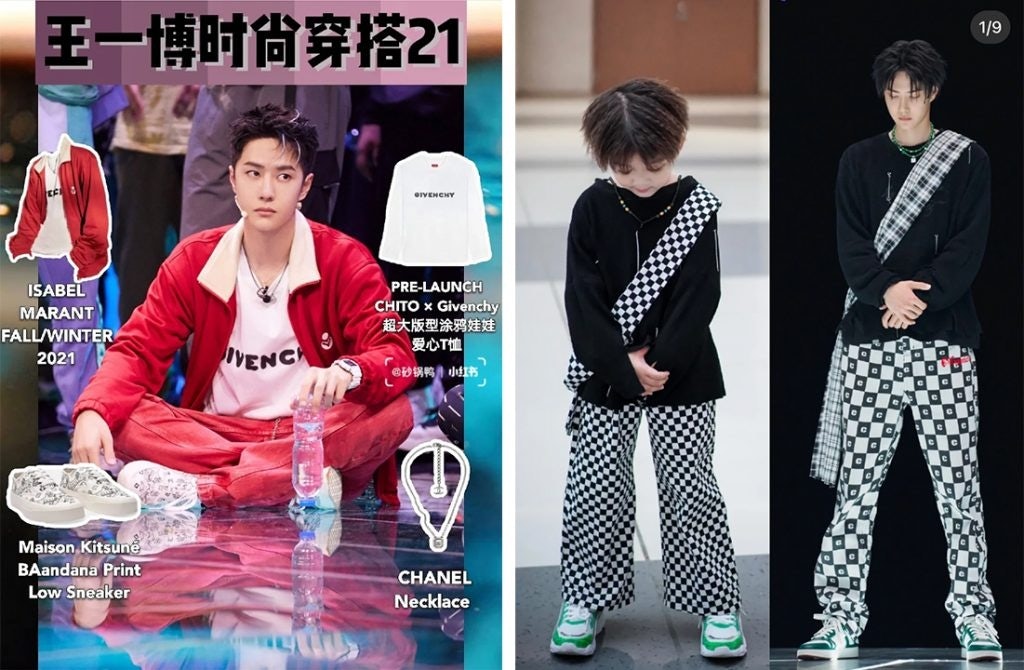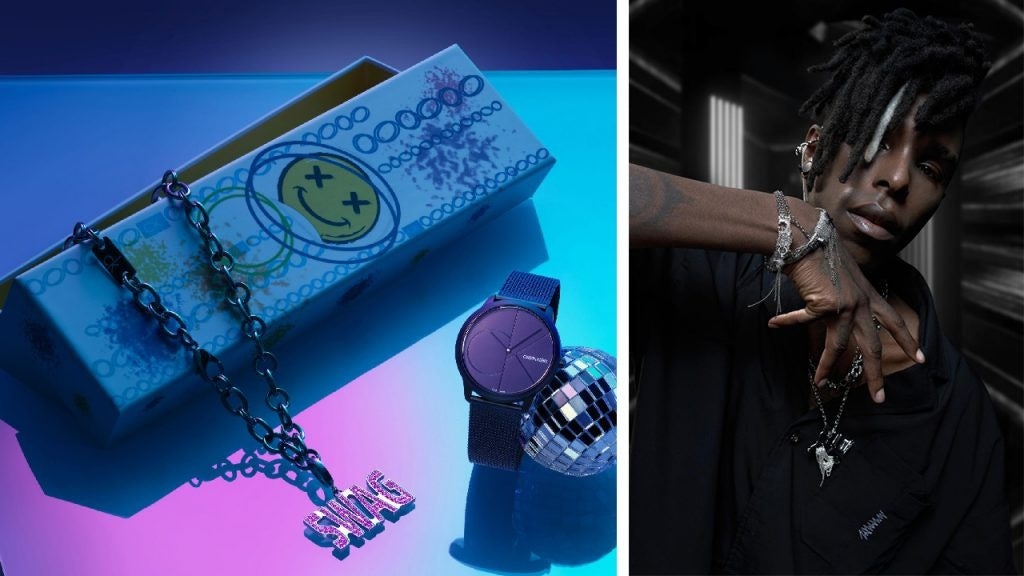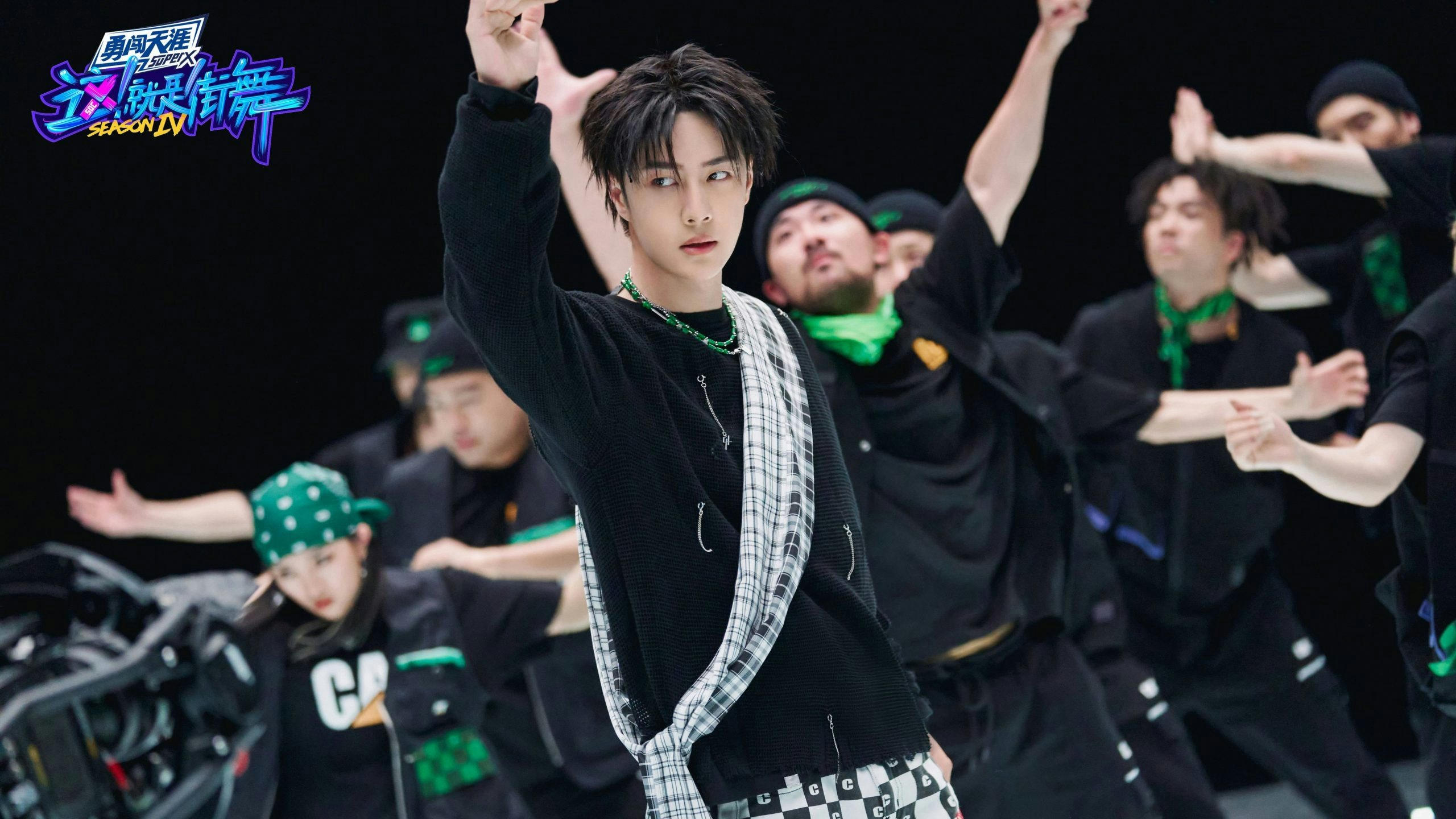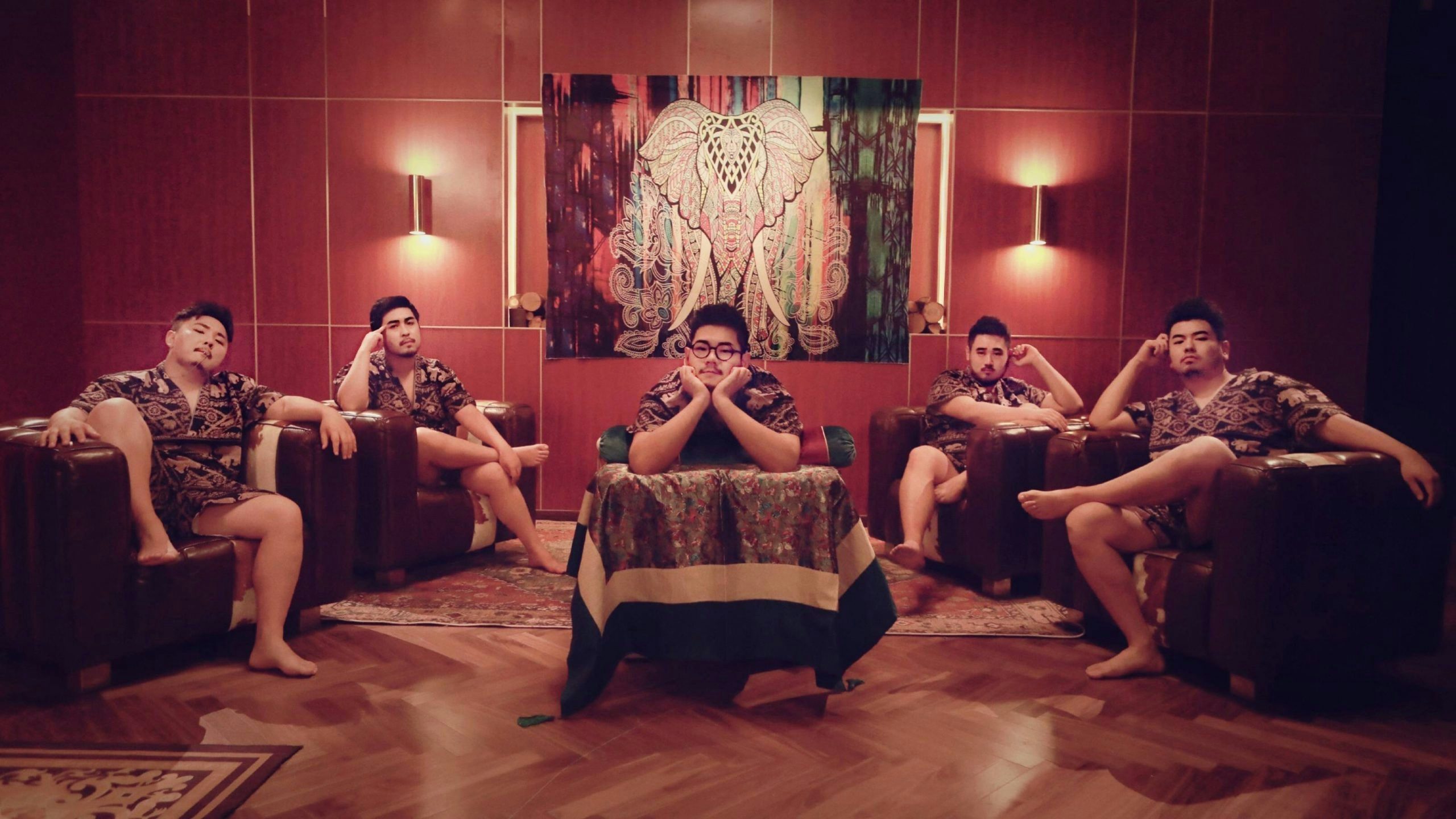Key Takeaways:#
Street Dance of China is the Chinese reality show with the highest commercial value in 2021 so far, attracting nearly 30 brand sponsors across the fashion, beauty, and FMCG industries.
Although luxury brands still haven't officially sponsored Chinese reality shows, global names like Calvin Klein and Burberry have found ways to tap Street Dance of China’s boom through co-branding.
Street dancers make promising KOLs as they not only embody creativity and discipline but also align with China’s plans to showcase breakdancing ahead of the 2024 Olympics.
With global dance battles on pause during the pandemic, all eyes have pivoted to China. On August 14, the competition show Street Dance of China returned for a fourth season, inviting professional dancers from around the world to duke it out for the championship title. Aired on Youku and YouTube, the premiere peaked at 4.63 million views — a new record for Chinese variety programs in 2021 — and reached fans in over 100 countries.
This warm reception was no surprise given the star power of the show’s four team captains, including The Untamed actor Wang Yibo and EXO’s Lay Zhang. The competitors also come with impressive credentials; in fact, it’s hard to find a cast member who isn’t already a world champion. From Japanese locking legends the GOGO Brothers and Hilty & Bosch to the French hip-hop king Bouboo, the new season has been likened to an NBA all-star game, with 100 international talents waacking, b-boying, and krumping their way to the top.
But Street Dance of China isn't just about showing off fresh moves — it’s also about serving fierce looks. As a testament to its fashion influence, Youku’s dance program even launched its own streetwear brand, SDC, in 2020. When the new season dropped in August, SDC's Tmall flagship store saw its visits surge to 12 times those of the previous month, with an average of 2.35 accessories purchased per person, according to local media reports.
As China puts its unique stamp on street dance and exports it around the world, it is also elevating fashion, jewelry, and a new cohort of KOLs along with it. Below, Jing Daily looks at why luxury brands should join the movement.
The power of reality TV (and Wang Yibo)#
When it comes to influencing consumer spending, a CBNData report put Street Dance of China in seventh place for 2020, behind other variety programs like Fourtry, Youth With You 2, and Chuang 2020. Since then, however, it has become the Chinese reality show with the highest commercial revenue, attracting nearly 30 brand sponsors, including Vivo, Tmall, and Shu Uemura. Among them, Champion has reportedly become the first international fashion brand to sponsor the show.
Yet noticeably absent from this list are high-end brands. As Laurence Lim Dally, the founder of Cherry Blossoms Intercultural Branding, points out, luxury has been slow to officially partner with Chinese reality TV, as those sponsorships “seem very commercial.” In other words, ads are anything but subliminal: Contestants star in commercials, logos decorate the set, and products are not-so-inconspicuously placed in the corner during interviews.
Yet, some luxury players are finding creative ways to shimmy into the spotlight. Last year, Burberry became the first luxury brand to directly associate with a domestic variety show when it offered free Street Dance of China gifts with the purchase of its goods. And this year, on Little Red Book, the tag "Wang Yibo Same Outfit" (王一博同款) has gained traction due to netizens identifying pieces worn by the star and recreating his looks. In the first episode, the Chanel ambassador rocked Givenchy, Jimmy Choo, Etro, and Maison Kitsuné as he boogied on stage, proving that luxury brands do not necessarily need streetwear crossovers or official sponsorships to break into this scene.

Jewelry hasn't fallen behind on this trend either. Calvin Klein, for one, recently launched a trendy gift box in partnership with Street Dance of China that includes specially designed pendants, featuring the word “SWAG” and an image of a B-boy. Meanwhile, Chinese brand BABAMA invited the “Freestyle Street Dance God,” Bouboo, to front its industrial-looking line of earrings and necklaces. Through these collaboration tactics, brands have been able to capitalize on both young consumers’ love for the show and the country’s 100 billion jewelry market.

Street dancers could become fashion’s next KOLs#
But as China’s entertainment sector comes under heavy scrutiny, brands looking to break in should be on high alert. Following the barrage of idol scandals, authorities have started banning celebrity popularity lists by cleaning up “chaotic” fan clubs and regulating merchandise sales, among other measures, making KOL appointments increasingly tricky.
Given that, street dancers may be promising alternatives for brand endorsements. Although they do not command followings as large as “little fresh meat” idols (Season 1 winner Han Yu has 3.2 million followers on Weibo while pop stars like Cai Xukun boast 36 million), they contribute more to a brand’s storytelling than just being a pretty face.
In addition to creativity and self-expression, “street dancers in China embody technical performance, determination, and a strong sense of competition,” Dally explained. “As such, they can appeal to both male and female audiences, whereas K-Pop icons mostly address women.” KUMY and Angel Chen are two homegrown apparel brands that have already taken note, employing Street Dance of China participants in their ads to express themes like being unique and breaking boundaries.
A bright spot in China’s business crackdown?#
Moreover, Dally predicts the risk of censorship with street dance performers is lower as they are athletic, putting them in tune with China’s recent sports infatuation. Not only does the country plan to boost its broader sports sector to a value of 774 billion by 2025, but it is actively cultivating street dance by building more studios and including the activity in some of its biggest sporting events.
And this momentum will only accelerate in the lead up to the 2024 Paris Olympic Games, where breakdancing will make its debut. As China, no doubt, gears up for the gold, luxury brands should compete just as fiercely to bop to the top of the upcoming street dance boom.


